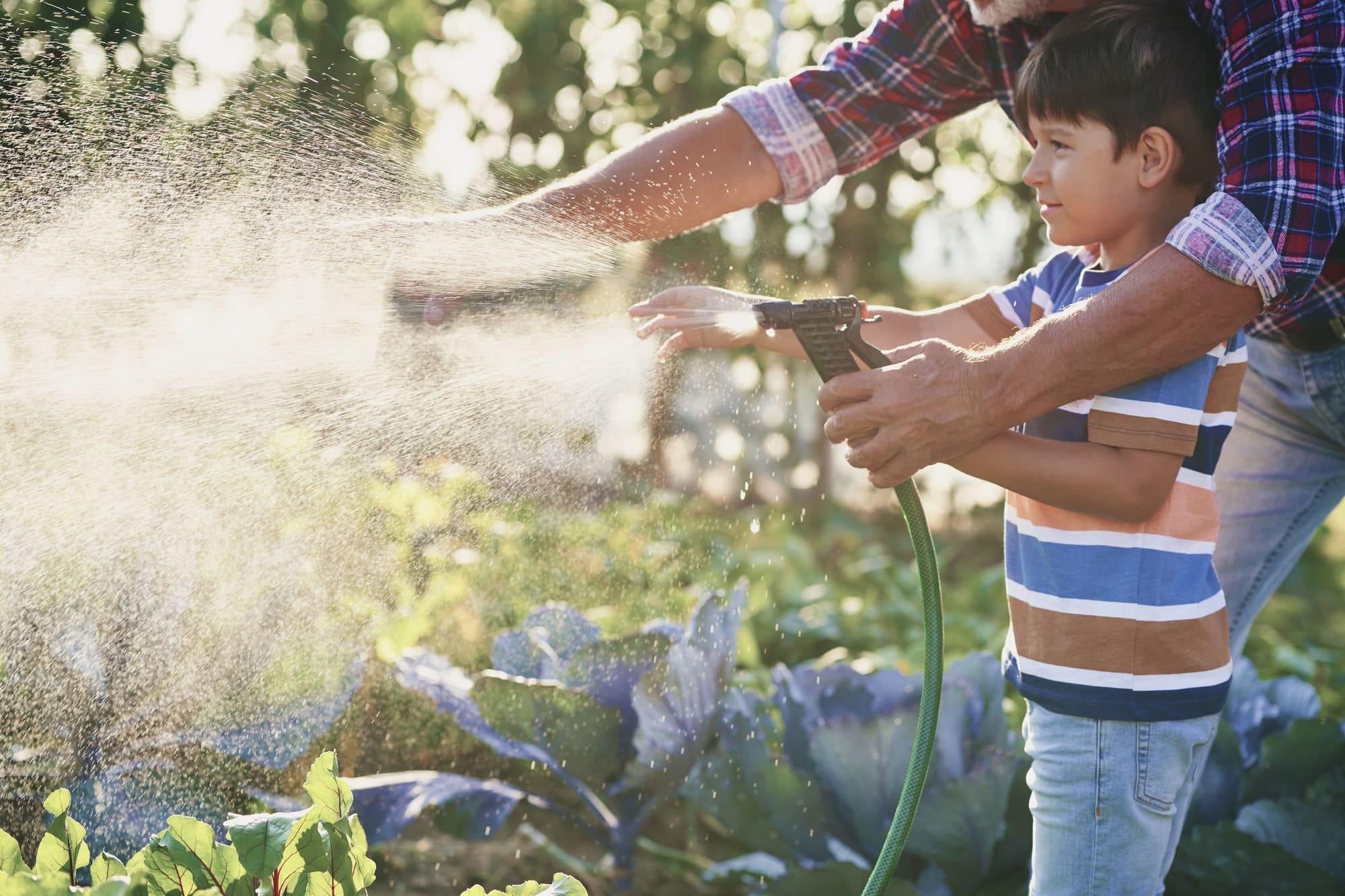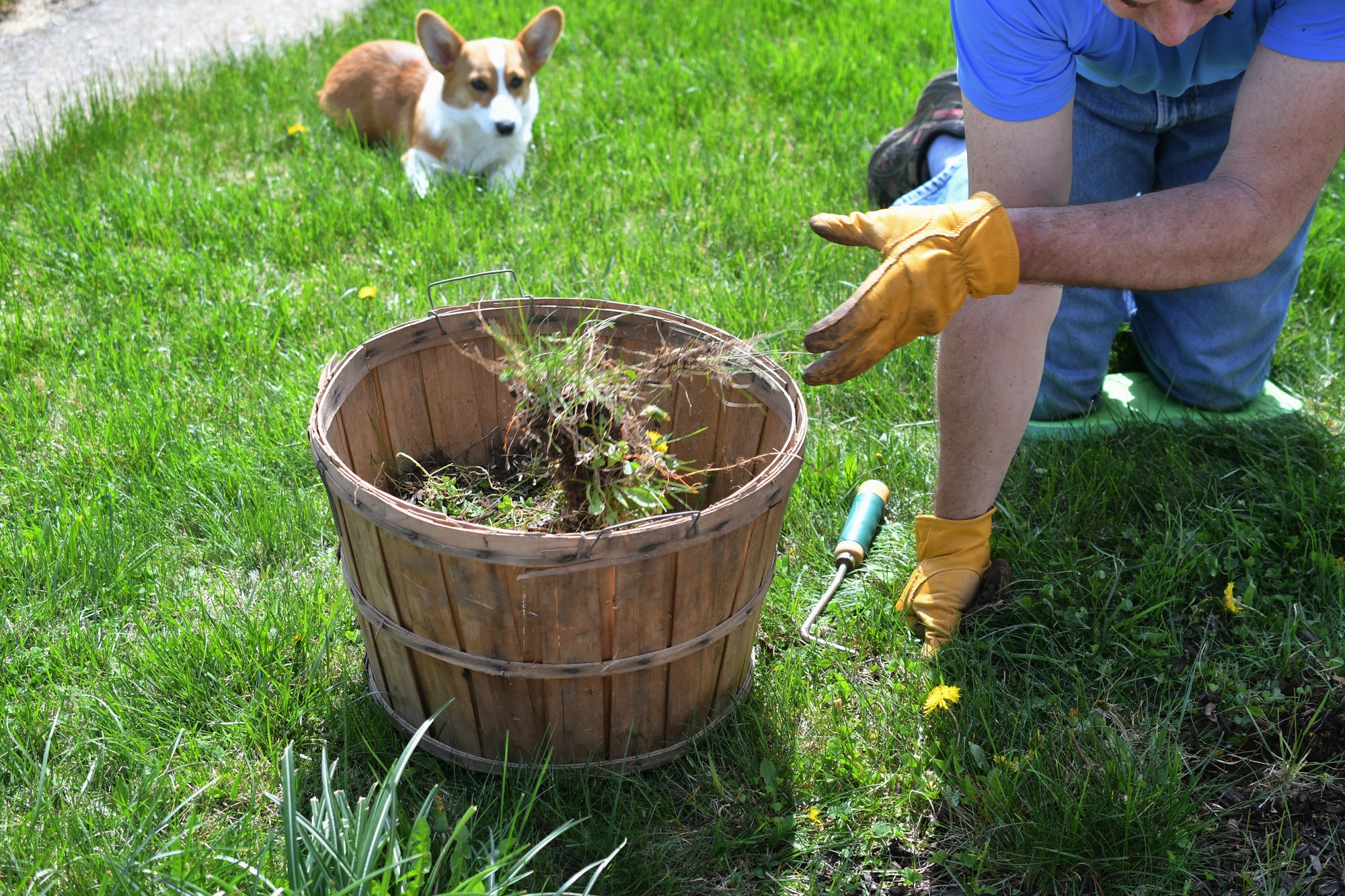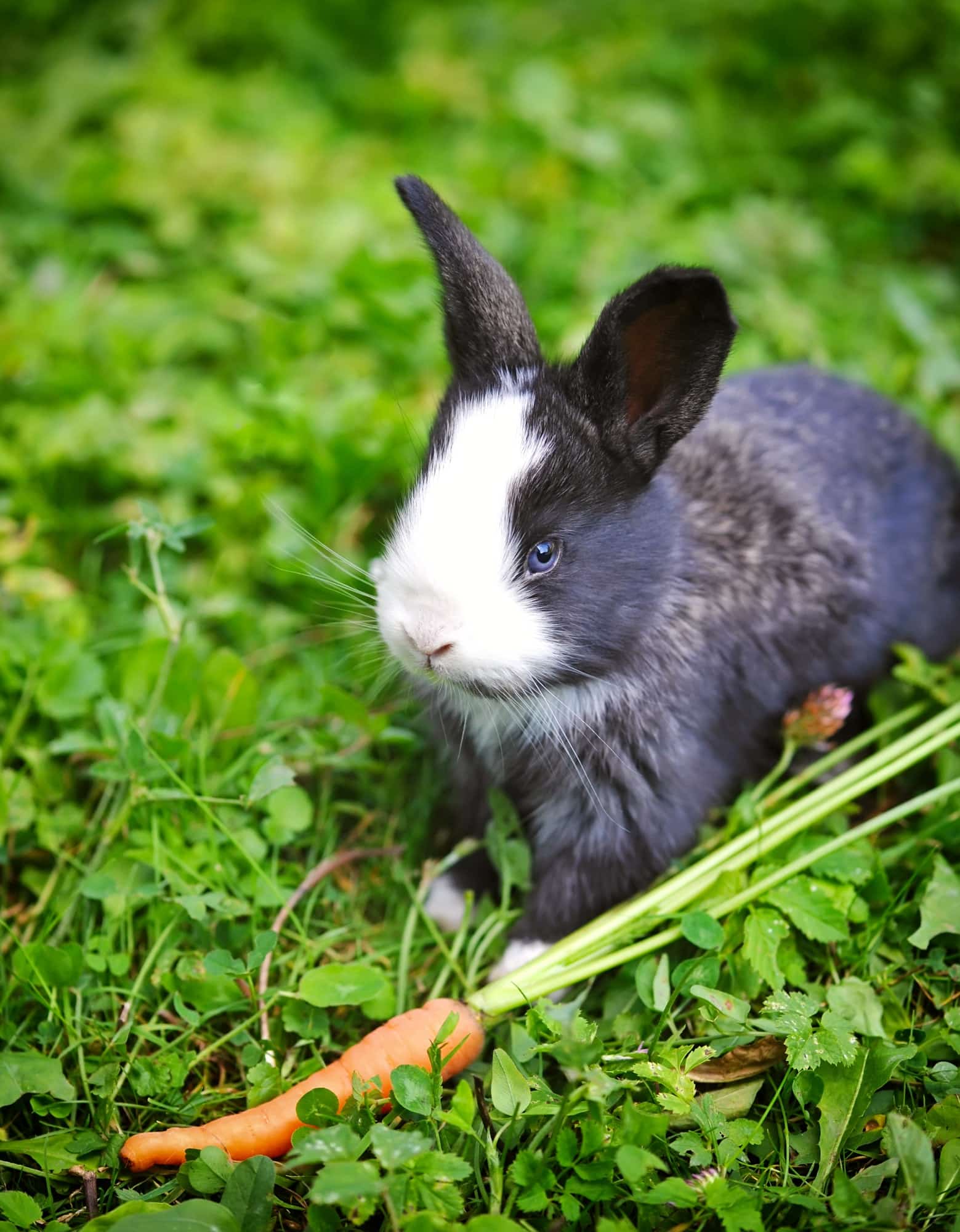A garden is a beautiful addition to any home, and it can be a great way to relax and enjoy the outdoors. However, garden maintenance can be pretty challenging, especially for first-time homeowners. This applies to both flower gardens and vegetable gardens.
This article will discuss some tips and techniques for maintaining your garden. We’ll talk about everything from watering and fertilizing to weed control and pest management.
So if you’re looking for help in keeping your garden looking its best, you’ve come to the right place. Keep reading to learn more about garden maintenance!
What Is the Importance of a Garden?
Gardens are a great way to add curb appeal to your home, and they can also provide you with a place to relax and enjoy the outdoors. In addition, gardens can also help improve air quality and encourage wildlife.
Most importantly, though, gardens are a beautiful way to enhance your home and lifestyle. You can use your garden as a place to entertain guests or simply as a way to enjoy some peace and quiet.
Why Is Garden Maintenance Important?
Suppose you have a beautiful garden, but it’s full of weeds, or maybe the plants are dying because they’re not being properly watered. These are just a few examples of why garden maintenance is so essential.
Garden maintenance ensures that your garden looks its best and remains healthy. You can avoid problems like disease, pests, and poor plant growth by taking care of your garden.
What Are the Steps of Garden Maintenance?
Now that we’ve talked about the importance of garden maintenance, let’s go over some of the steps involved. Garden maintenance involves tasks like watering, fertilizing, weed control, and pest management.
Let’s take a closer look at each of these steps:
Watering
One of the most critical aspects of garden maintenance is watering your plants. Depending on the type of plant, they may need to be watered daily, weekly, or even monthly. Read more about the 7 Best Flowers And Plants For Iowa Landscaping here.
It’s essential to check the soil before watering to make sure it is dry. Overwatering can be just as harmful as not watering your plants at all. That’s why it’s essential to know how often your plants need to be watered.
Watering Annuals
Annual flowers need to be watered frequently, usually once or twice a week. You can water them by hand or use a garden hose to water them evenly. Also, make sure to water the plant base, not the leaves.
Watering Perennials
Perennial flowers usually don’t need to be watered as often as annual flowers. They can generally survive on rainfall alone. However, you may need to water them during periods of drought.
You can water perennial flowers by hand or with a garden hose. Be sure to water them deeply so the water reaches the roots. This will help them to absorb water more efficiently.
Watering Vegetables

Fertilizing for Garden Maintenance
Fertilizing your garden is another important step in garden maintenance. This helps ensure that your plants are getting the nutrients they need to grow.
There are many different types of fertilizer, so it’s essential to choose one specifically designed for the kind of plant you’re fertilizing.
Fertilizing Vegetable Garden
If you’re fertilizing a vegetable garden, you will use a high nitrogen fertilizer because vegetables need lots of nitrogen to grow. This will help the plants to grow more quickly.
Fertilizing Flower Garden
If you’re fertilizing a flower garden, you will use a fertilizer that is high in phosphorus. Phosphorus is vital for the development of flowers and will help the plants to produce more flowers.
Weed Control
Weeds can quickly take over your garden if they’re not controlled. That’s why it’s crucial to remove them regularly. There are a few ways to remove weeds, including hand-pulling, hoeing, and herbicides.
Hand-Pulling Weeds

Hoeing Weeds
Hoeing is a suitable method for removing larger weeds. This involves using a hoe to chop the weed at the base. This will loosen the weed to pull it out of the ground.
Using Herbicides
If you have a lot of weeds, you may want to use an herbicide. Herbicides are chemicals that kill plants. There are many different types of herbicides, so it’s essential to choose one specifically designed for the kind of plant you’re trying to kill.
Pest Management
Pests can cause severe damage to your garden if they’re not controlled. That’s why it’s crucial to remove them regularly.
If you have a severe pest problem, you may need to use a pesticide. But be sure to read the labels carefully and follow the instructions before using any pesticides.
Using organic pest control methods is always best. Organic practices are safe for you, your family, and the environment.
Some standard organic pest control methods include:
Using Traps
One way to control pests is to trap them. This can be done with various methods, such as sticky traps or live traps.
Using Barriers
Another way to control pests is to use physical barriers such as fences or nets, or chemical barriers like pesticides.

Using Neem Oil
Neem oil is another type of organic pesticide. It works by disrupting the life cycle of the pest. This makes it difficult for them to reproduce and eventually kills them.
Neem oil is safe for humans and pets, so it’s a popular choice for gardeners. You can find neem oil at most garden stores or online.
As you can see, there are many different ways to control pests. Choose the method that best suits your needs.
Conclusion
Garden maintenance is essential for keeping your garden healthy and beautiful. It is not difficult, but it does require some time and effort. By following these tips, you can make garden maintenance a breeze. Contact us today to add a retaining wall or water feature to your landscaping!



